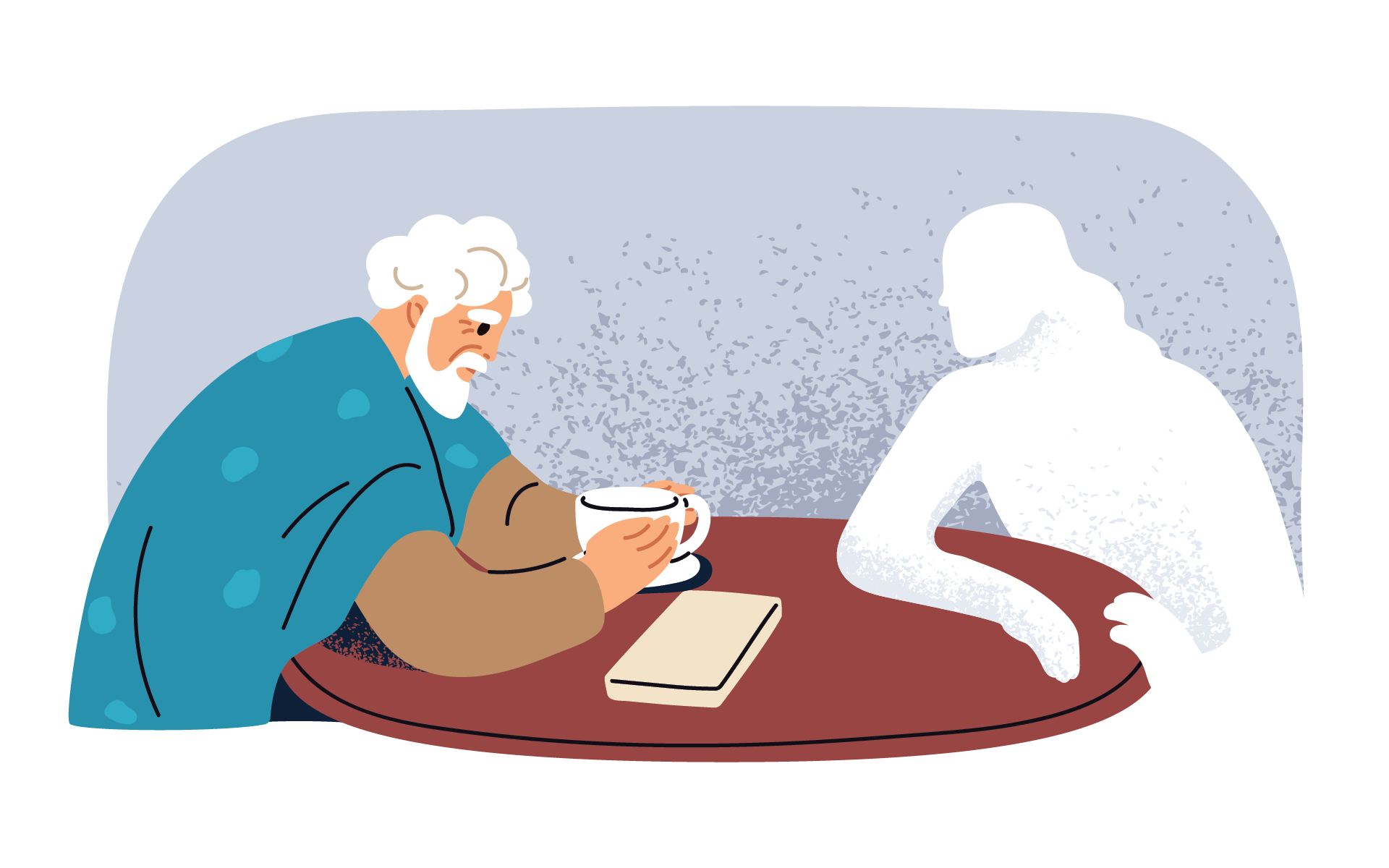I recently had the nerve to suggest that my daughter eat her broccoli before indulging in another bowl of mac ‘n cheese. She promptly lost it — I’m talking level four meltdown right there at the table. I knew she was tired and cranky, and I knew she was angry at me for pushing veggies on her yet again. I was tired too, and I was irritated at her for blowing up, so I did what any reasonable parent would do: I snapped. “This is NOT a thing to freak out about. It’s just broccoli, and the sooner you finish it, the sooner we can be done with dinner.”
If you’re a parent, you know how that went: poorly. She continued to cry, and I continued to feel irritated at her. I didn’t want to deal with any of the feelings in the room, not mine and certainly not hers. I’m not alone in this — few of us ever want to hang out in the muck of unpleasant emotions. Either the feelings are too intense, or the timing is inconvenient, or we just don’t have the energy to deal, so we stuff down, cover up, ignore, reject, or deny our emotions, only to later explode at our spouses, scream at our kids, indulge in one too many adult beverages, blow money we don’t have, or spend the night tossing and turning because we can’t stop thinking.
The better we get at identifying, naming, and expressing our big feelings, the better our kids will get at it, too.
That’s the bad news about big feelings: they’re meant to be felt and expressed. If we don’t create the space for that to happen, they’ll find a way to do it themselves, and believe you me, our emotions don’t give two hoots about whether or not it’s a good time for us. (Spoiler alert: It’s never a good time.)
The good news is that we can become more skillful at managing our emotions. The better we get at identifying, naming, and expressing our big feelings, the better our kids will get at it, too. Eventually, they’ll be able to eat their broccoli without going all nuclear at the table. Here are some practices that can help the entire family roll more smoothly during those typically tense moments.
Seven practices to help you build resilience during tense parenting moments
1. Remember that any emotion is ok, but not every behavior is ok. It’s important to distinguish between what we feel and what we do. Repeat after me: there is no such thing as a bad or wrong feeling. There are scary feelings and confusing feelings and deeply unpleasant feelings, but none of them are wrong. However, if we don’t find skillful ways to express those feelings, they’ll do it on their own, usually in the form of problematic behaviors.
2. Next, acknowledge that you are experiencing an emotion. This may sound pretty obvious, but the chaos of daily life with children can make it hard for us to notice what we’re feeling. The CALM practice can help you quickly and easily check in with your body and tune in to your emotions: At any moment, you can quickly scan over your Chest, Arms, Legs, and Mind. Despite what the acronym says, you don’t actually have to calm yourself down, you just need to become aware of whatever you’re feeling.
3. Name your emotion. This next step can be as simple as saying either to yourself or to your children, “I am feeling ______.” This isn’t always easy, especially if you’ve spent your whole life believing that certain feelings are inappropriate or unacceptable. (If this is the case, I refer you to point #1.) You’re not going to intensify your feelings by acknowledging them. Just the opposite is true: the sooner you identify your emotion, the sooner it will dissipate instead of bubbling under the surface, causing tension. If intense emotions don’t dissipate, identifying what underlying tensions are at play puts you in the driver’s seat to take whatever action might be necessary: maybe it’s time to cut down on after-school activities to free up time in the evening, or maybe there’s a bigger-picture adjustment to make.
4. Do something with your body. Anything. Really. Take some deep, slow breaths. Put one hand flat on the counter and trace your fingers with your other hand. Get on the floor and stretch. Hop on one foot. Strike a still pose. Run up and down the hallway or the stairs. It really doesn’t matter what you do, just do it and pay attention to whatever it is that you’re doing. Emotions live in our bodies, and focusing on our bodies can help dispel the physical tension and thus, the feelings.
5. Wait for it to pass. The one thing you can count on, regardless of whatever you’re feeling, is that your feelings will change. They come and go, intensify and lessen, dissipate and return. It’s like that old joke about the weather: Don’t like it? Just wait five minutes! The same is true for your feelings. Regardless of how intense the storm is, it won’t last forever. Don’t believe me? Set a timer for 15 minutes, and then see how you (or your child) feel at that point.
6. Take care of yourself like you would take care of your child in your best parenting moments. If you’re in the midst of a big feeling storm, resist the urge to fight it. Acknowledge that it’s a hard moment, identify how you’re feeling, and then offer yourself some physical comfort. Snuggle up on the couch with a blanket. Sip a cup of something warm and yummy. Pet your kitten. Listen to your favorite music. Be as patient and compassionate with yourself as you would with your child when they’re going through a difficult experience. If your children’s needs make it impossible to do any of this right now, take a few deep breaths, do what needs to be done, and come back to yourself once they’re in front of the TV or down for the night.
7. Get some sleep. Exhaustion breeds big feelings, and a weary brain just can’t cope, no matter how well-intentioned you are. This is why every member of the family is more likely to lose it in the evenings. So stop trying to adult when you’re exhausted and do whatever you can to get some sleep.
Which brings us back to the Monday Night Broccoli Meltdown. After I bit my daughter’s head off, I stood up, took some deep breaths, touched my toes, stretched my hands in the air, and sang a terrible aria (or what I imagine an aria might sound like). My bizarre reaction distracted my kiddo out of her freak out long enough for her to hear my apology, which went something like this: “I’m sorry I snapped at you. I feel tired and cranky right now. I suspect you feel the same way.” My daughter nodded tearfully. I gave her a hug, we made a plan for the dreaded broccoli, and you bet your tushy we both went to bed early.
Three Simple Ways Parents Can Practice Self-Compassion
How to Be a Resilient Parent






